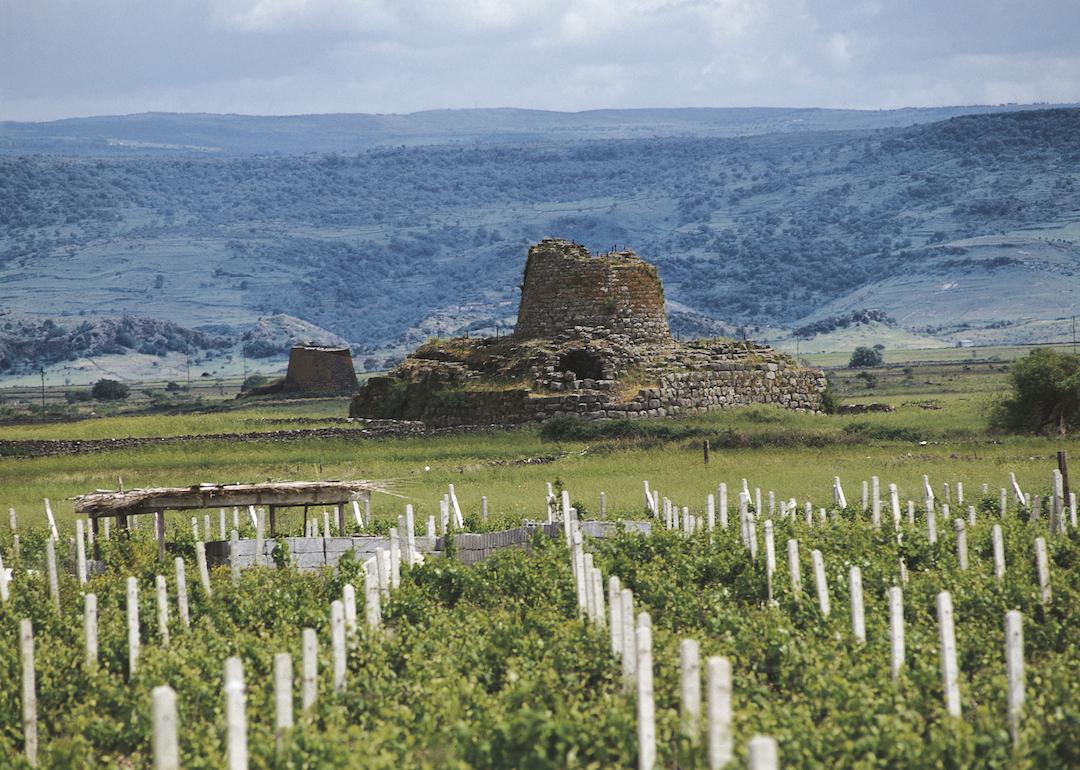
Exploring the world of island vineyards
This story originally appeared on Plonk Wine Club and was produced and distributed in partnership with Stacker Studio.
Exploring the world of island vineyards
The world's vineyards are as varied as their locations.
From mountainous regions across Europe to coastal areas along the Pacific Northwest, diverse features in climate and soil influence flavor and growing strategies for myriad varieties of grapes. Island vineyards offer unique opportunities and challenges wherever they're found, whether just off a mainland coast or far out at sea.
Plonk Wine Club compiled information on some of the most prominent islands for vineyards worldwide to learn about their many climates, wine varieties, and winemaking techniques.
Island vineyards can be found worldwide, from Tazmania—about 150 miles off the southern coast of Australia—to Corsica, an island more sun-dappled than any other part of France. Some are warm and full of sun, others volcanic and starkly beautiful, and still others are so small that maps nearly forget them.
Some islands, like those that make up the Canary Islands, possess unique microclimates, making them stand out from the surrounding environment and creating ideal regions to produce exceptional, delicious wines. Others—like the Portuguese island of Pico—have such hardened surfaces and intense wind that farmers have long created agricultural methods to adapt, inventing new ways of making wine.
Keep reading to learn more about the world of island vineyards.
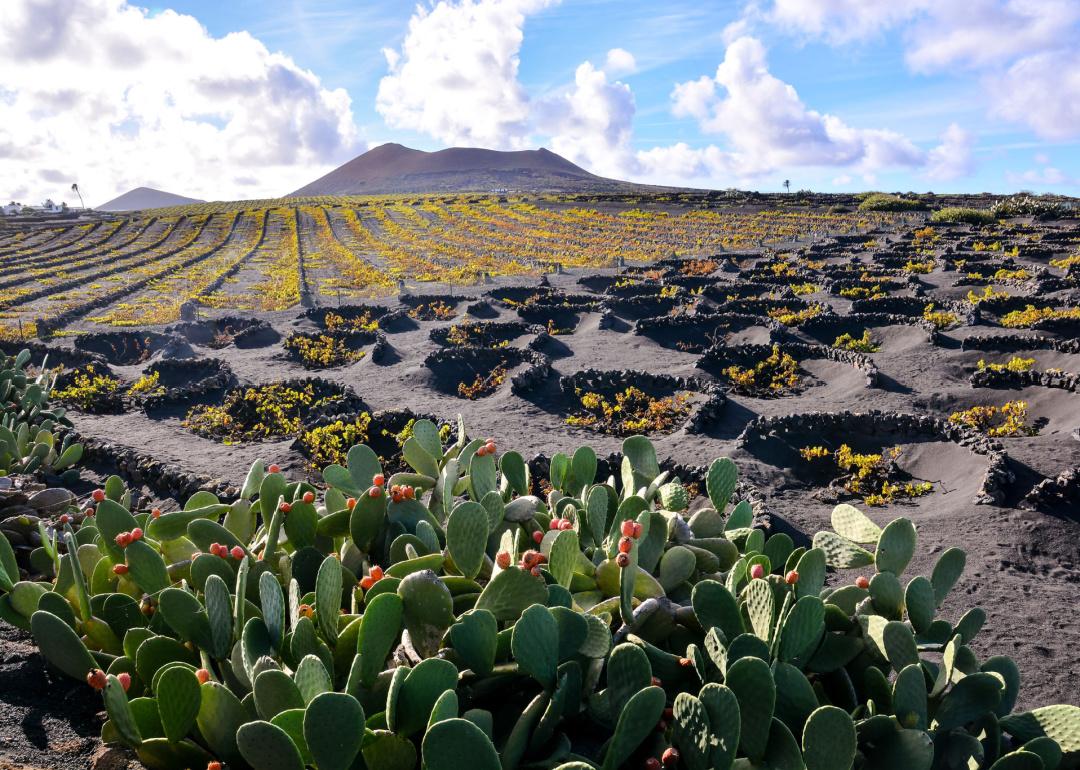
The Canary Islands: A volcanic archipelago producing wine since the 15th century
There are 225 vineyards and 13 wineries in the Canary Islands, each utilizing a blend of modern and traditional methods to create unique wine varieties. Nearly every island's soil composition and microclimate lead to different wines rich in organoleptic properties.
The islands have served as a wine-cultivation hub since the 15th century when Spanish conquerors arrived. These islands are hospitable to high-quality wines despite subtropical conditions. A high altitude helps preserve acidity; winds prevent moisture collection and lower bacteria and mold risk; and volcanic soil provides roots with drainage and adds striking salty and mineral attributes to the wines.
Local grape varieties have become well-adapted to the Canary Islands' climate. Meanwhile, farmers have devised creative solutions—such as carving terraces into mountainsides—to help their vines get the most out of the region's unique environment. The La Geria vineyards on the island of Lanzarote practice sustainable wine-making with hand-built lava rock walls to protect the vines from the wind.
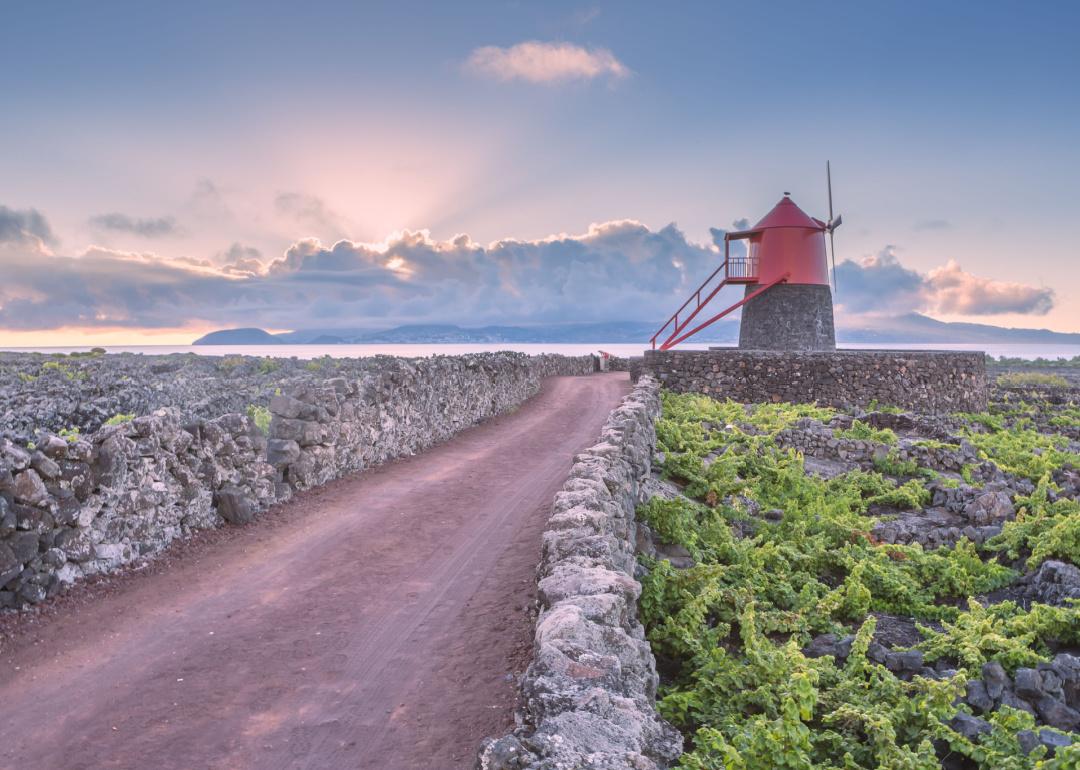
Pico: The Atlantic Ocean's 'Island of Wine'
The rugged earth and harsh winds of the Portuguese island of Pico would render the use of vine trellises hopeless—but the farmers here solved this problem by laying vines directly on the hard surface and protecting them with tall rock walls. This method of growing and producing grapes on volcanic rock on the temperate island is remarkable for its ingenuity.
People have been producing wine in Pico since the 15th century, with a setup so unique that the Criação Velha wine region is a UNESCO World Heritage site. In Pico, wine management occurs under a regime designed to ensure sustainability and economic viability and retain traditional farming techniques.
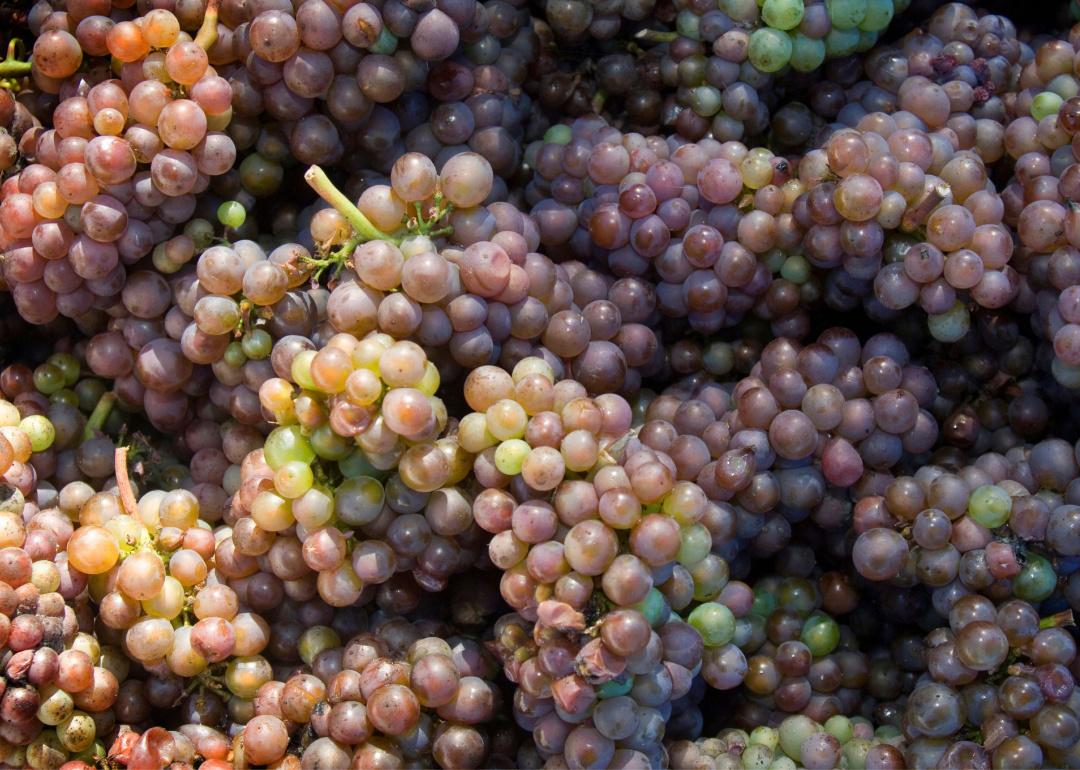
Vancouver Island: Wine tasting and whale watching on one island
Winemaking in Vancouver Island started in the 1920s, with people using local berries to make fruit wine—a practice that continues into the present day, alongside the creation of honey wine (mead) and sparkling and still wines made from grapes grown there.
The cool coastal climate is ideal for varietals suited to it, especially grape varieties bred for alpine and northern Europe, including reds such as Maréchal Foch and Zweigelt and whites such as Ortega and Siegerrebe. Sparkling wines and rosés, the grapes of which can be harvested at lower sugar levels, also do well—and, with great effort on the part of growers, more classic grape varieties such as pinot gris and pinot noir can also be grown.
There are more than 30 vineyards on Vancouver Island, among them Unsworth Vineyards, based in Cowichan Valley, which has invested in modern technology and sustainable harvesting.
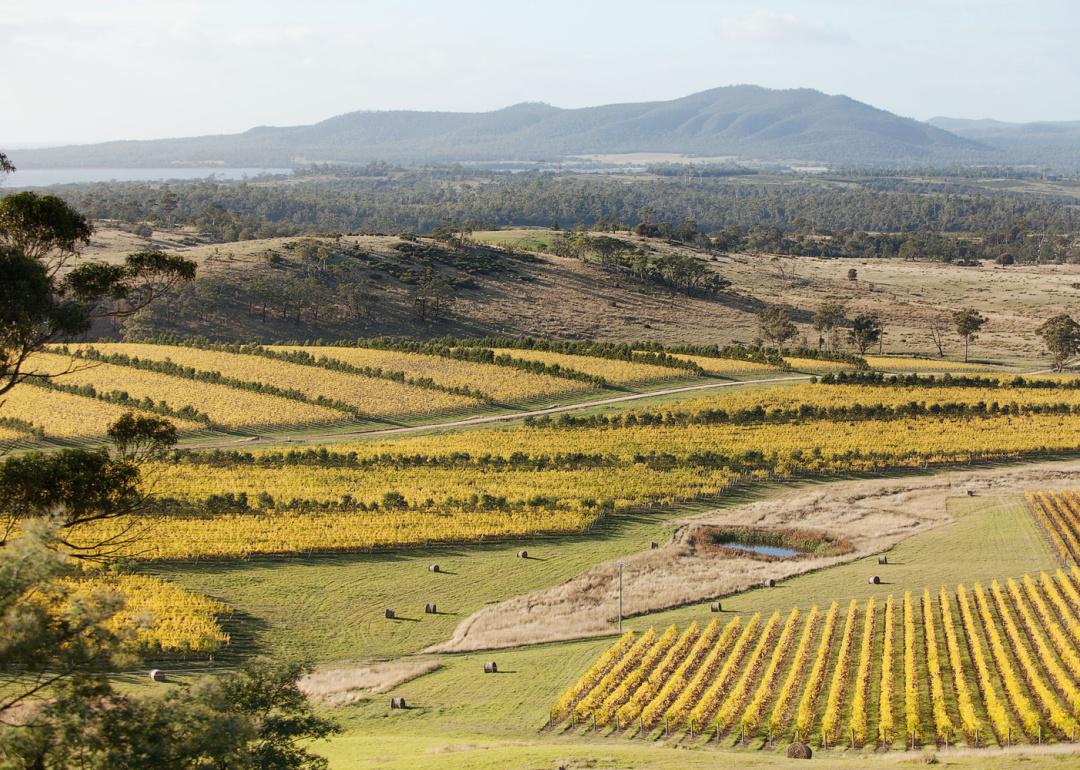
Tasmania: Cool climate spurs sparkling wine production
Tasmania, an island off the southern coast of Australia, has sunny, long, and dry autumns, which provide ideal growing conditions for aromatic, intensely flavored, elegant wines—pinot noir and chardonnay, in particular. Recently, Tasmania has started to get noticed for its production of high-quality sparkling wine, too.
In 2020, winemakers devoted 40% of the island's grape crush to sparkling varietals. Commercial vineyards were first planted on this island in 1865, though the industry collapsed soon after due mainly to a gold rush, experiencing renewed interest late in the 1970s.
There are 230 vineyards in Tasmania and more than 150 licensed wine producers. Some wineries in Tasmania are focusing on sustainability as part of the Vin0 Program, a resource providing wine producers in Tasmania with help in measuring, benchmarking, and improving their management and sustainability practices.
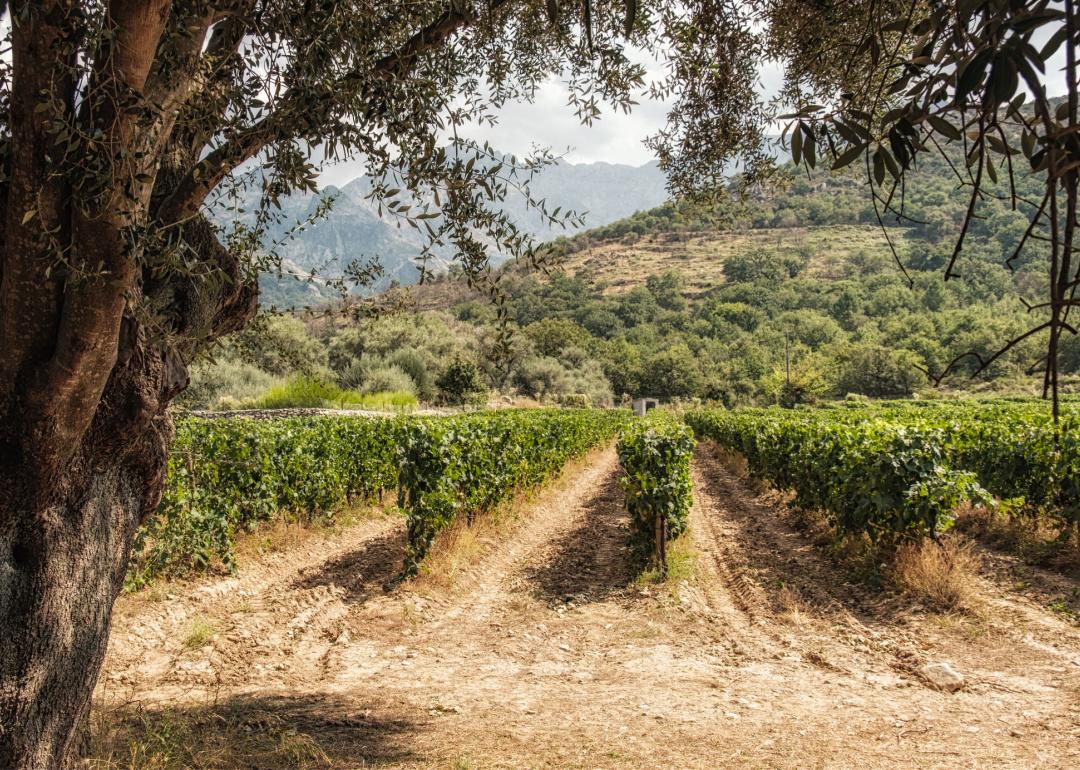
Corsica: Mediterranean island ringed by vineyards
Wine production in Corsica dates back more than two millennia, though the practice has not been consistent. The Mediterranean climate of Corsica—which gets more sunshine than other areas of France and less summer rain—is ideal for growing grapes.
In the North, nielluccio grows in the chalky limestone; in the West, sciacarello grows in the region's granite hills.
Corsica grows more than 30 grape varieties, and several of its vineyards are origin-approved. At least 300 winegrowers in mainland France and Corsica use draught horses to manage their fields. This method outperforms tractors on challenging terrain. It also provides a natural process for improving crop and soil health, compacting soil to a lesser degree than a tractor and providing an alternative to chemical pesticides.
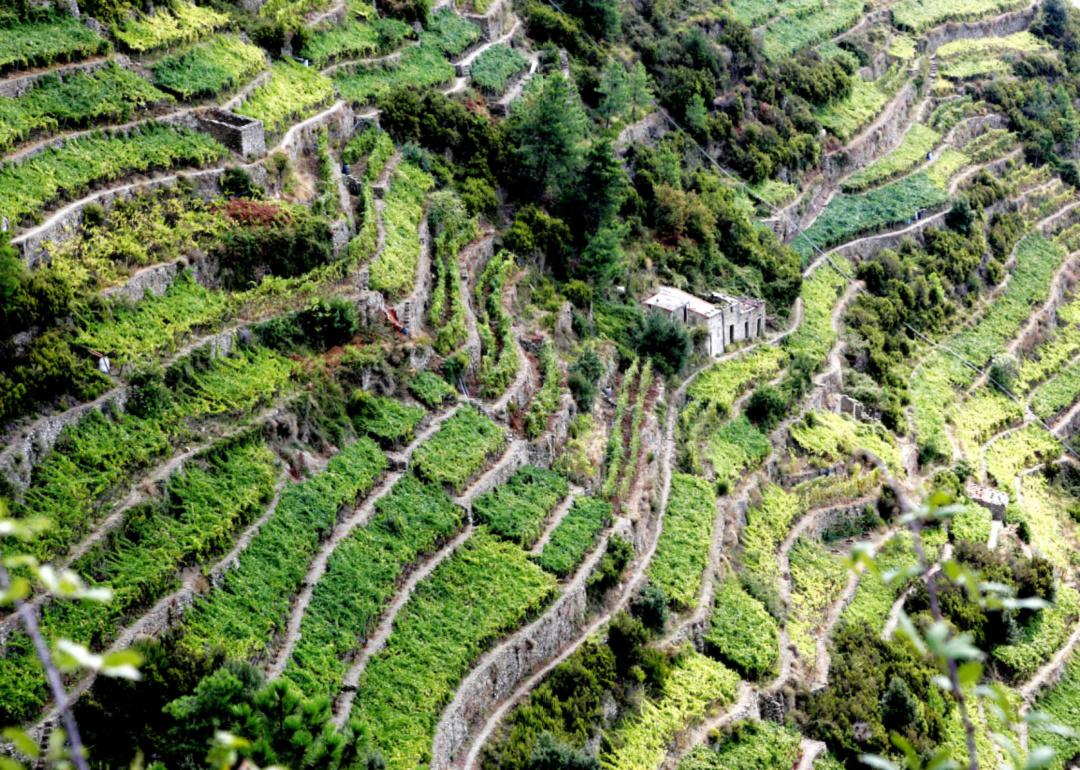
Sardinia
The Italian island of Sardinia, situated south of Corsica and north of Tunisia, is rightfully famous for its diverse offerings of wine—not to mention its other agricultural imports including artichokes, cheese, and olive oil.
The Mediterranean Sea's second-largest island is home to Cannonau (or Grenache), Carignano (Carignan), and Vermentino grapes, and is famous for its rare native varietals. Grapevines throughout the region capitalize on the rich soil composition, including mineral-heavy clay, granite, limestone, and sandstone. The oldest winery on the island in continuous operation is Sella & Mosca, established in 1899 on the northwest coast of Sardinia.

Sicily
Last but most certainly not least on this list is Sicily, the largest island in the Mediterranean and home to a wide assortment of excellent vineyards. The quality isn't surprising, considering winemaking started here as early as 4000 B.C.
Sicily's warm and dry climate is perfect for growing grapes: a fact that led the region right into the bulk manufacturing of wines, distributing to China, mainland Europe, and India. Today, there is a resurgence in more traditional methods and organic farming on the vineyards. Like its fellow Italian regions, Sicily sticks largely to indigenous grapes including Frappato, Nero d'Avola, and Nerello Mascalese. All told, there are roughly 450 wineries spread across 23 wine regions on the island.



